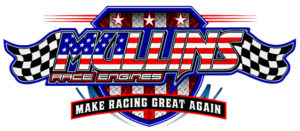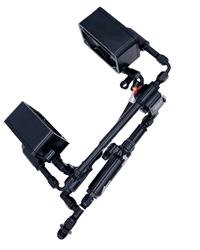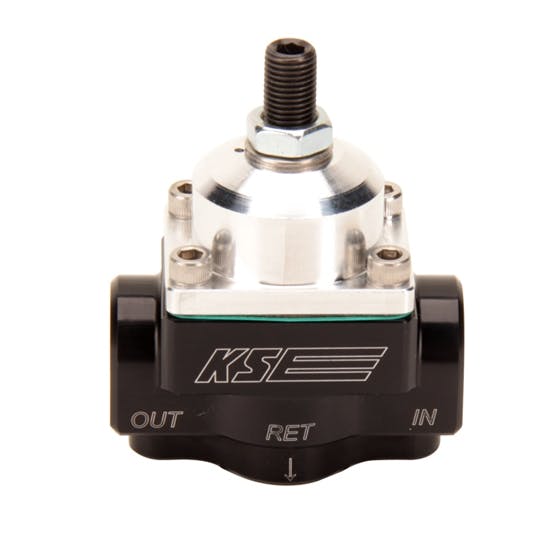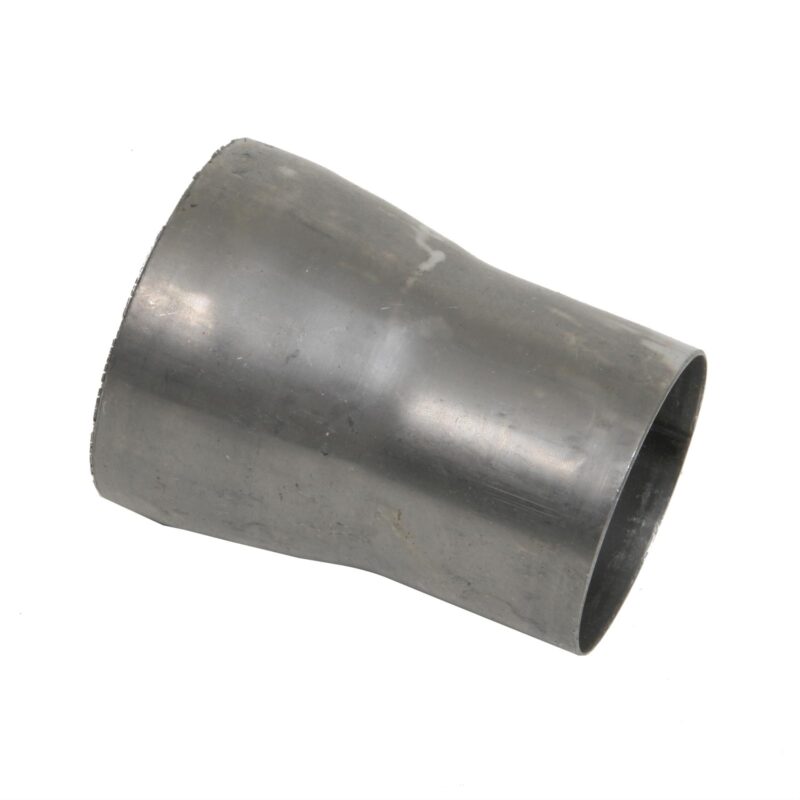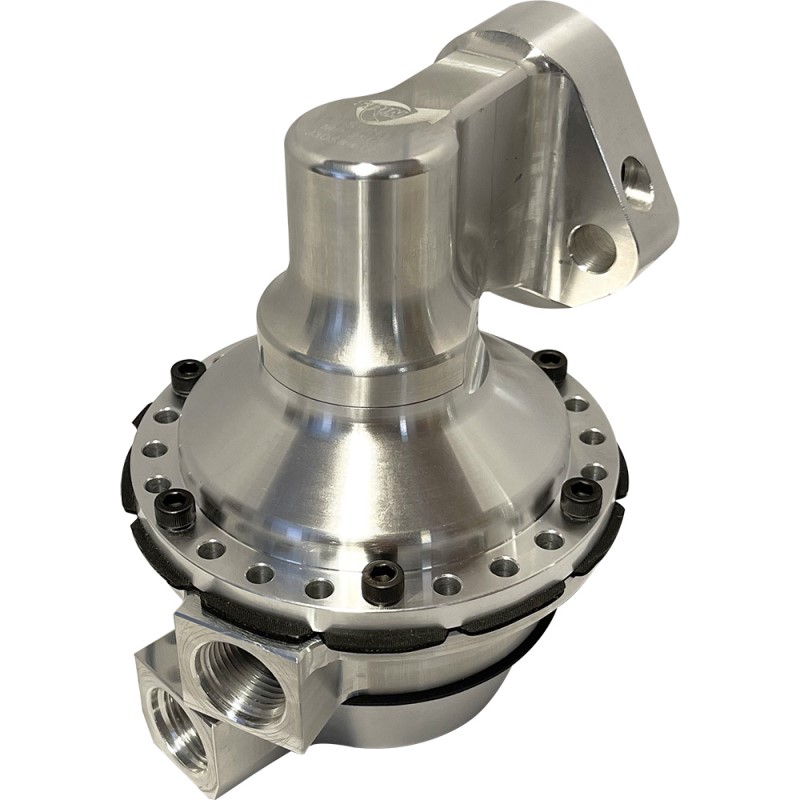KSE Racing Products Tandem Pump XB/D Bert Kit – Bellhousing Kit
Part Number: PAS-KSC2021-002
KSE Racing Products Tandem Pump XB/D Bert Kit – Bellhousing Kit
$1,102.50
Out of stock
Out of stock
Description
Belt Drive TandemX Pump
Bert/Brinn Mounting Kit
Bypass Fuel Regulator
40 Tooth HTD Pulley and Guide Set
600mm HTD Belt
We get fuel system questions all the time. When it comes to open racing, we prefer a belt drive pump. The engines make so much power anymore it’s hard for a mechanical pump to keep up with it. For example, when the mechanical pump is working 100%, it can barely keep up with the demands of today’s engines. So, when a small percentage of the pump goes away, it will start leaning the engine out, potentially causing major problems. The system we have available has worked well for our personal race team and others who have installed it on their own cars.
We use the KSE tandem pump, then basically install the regulator on the bypass side of the pump. This requires a special fitting that we do include with the system if bought through MRE. If you have an existing pump and you’re looking at what we’re doing, you will want to remove the pill system that comes from KSE in their pumps. I feel like this pill system works well on alky but prefer the regulator for gas (the regulator can be used on gas or alky though).
So basically, you feed the KSE pump with a -8 (gas only) or -8 or -10 (gas or alky) to the “inlet” side of the pump. Then run a -8 line from the pump “outlet” to the back of a log on the carb. Then with installing the regulator (install it to the “bypass” side of the pump with the “inlet” of the regulator), install your return line to the cell from the “return” off the regulator. Any fuel pressure adjustments come from the actual regulator itself. We normally see 1 – 3 lbs. of fuel pressure idling, then we want to see 7.5 – 8.5 wide open on the racetrack. When running a new fuel system this will need to be watched closely on the racetrack. Fuel pressure cannot be properly set from the pits. The car will need ran on the track, figure out what pressure the system is maintaining at WOT, then make adjustments back at the pits if needed. The way this is setup not only functions very well but is the lightest way of doing it with keeping the most rear percentage in the car…it has the least amount of fuel line needed with keeping the regulator back as far as possible is how this is achieved. This cleans everything up on the front of the engine and makes it very user friendly when doing engine changes.
